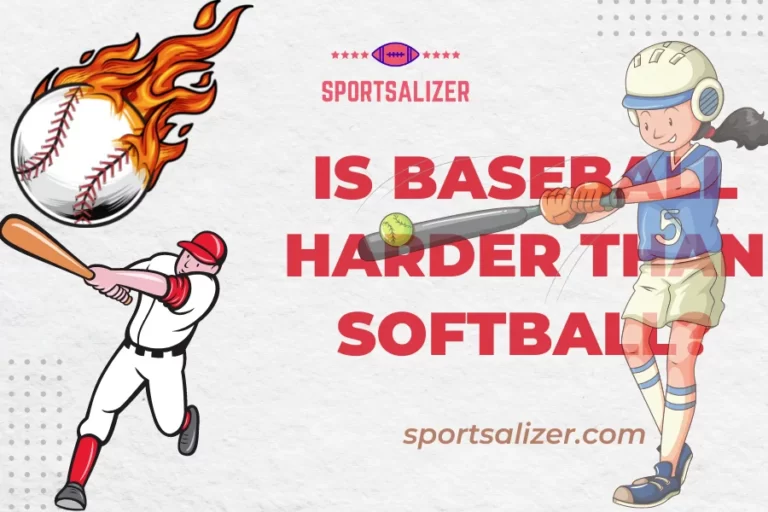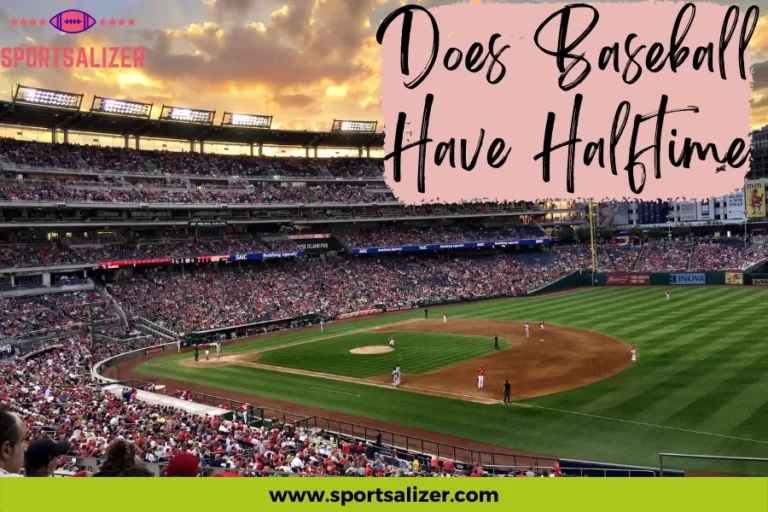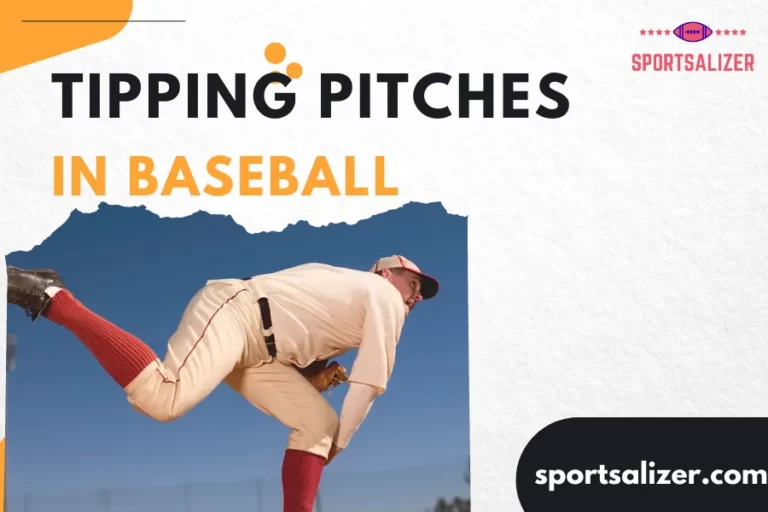Double Switch in Baseball: One-of-a-kind Deviation to The 5 Rules

Let’s be honest, how many of us knew about the exception to the rules, “The Double Switch in baseball“??
Many of us are die-hard baseballs fans, knowing every rule like “the back of their palm.” Some of us love to watch baseball games but are not familiar with all the rules. So, this rule of double Switch in baseball might be a little confusing for the second group. If you belong to the second group, stick along as we explain everything.
Contents
- 1 Double Switch in Baseball: A Strategic Move?
- 2 Situations in which Double Switch in Baseball occurs
- 3 The Double Switch’s Significance in Baseball
- 4 “Double Switch in Baseball” a strategy from the past?
- 5 Is the Designated Hitter always getting affected?
- 6 FAQs on Double Switch in Baseball
- 7 Trending Now
Double Switch in Baseball: A Strategic Move?
A double-switch in baseball is a lineup change. Just like soccer or cricket has a pre-planned lineup before the game begins, so is in this case. This is a way to substitute a player for another one. Calling it a strategic move is not wrong. The managers do this “substitution” to move the “relief pitchers” in the game to a more “favorable spot” in the batting lineup. In this process, two players in the game are swapped with two players who are not currently in the game a the same time. Since the substitution of two players coincides, so is the name “Double switch.”
Situations in which Double Switch in Baseball occurs
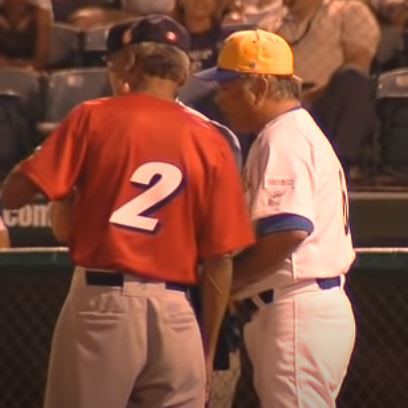
After reading till here, you might be wondering whether the Double Switch can take place whenever the player wants. The situation is a bit more complex than what you actually think it to be. A few situations need to be present to be eligible to exercise this strategy.
- The first and the most crucial criterion for a double switch is that the strategy manager wants the move.
- The pitcher who the Manager wants to switch is already due and is going to bat early in the following inning.
- This move cannot take place at any point in time. The baseball game should already be in the middle of the late innings to exercise this strategy.
The Double Switch’s Significance in Baseball
Usually, the Manager’s intention to make the double Switch is to move the “pitcher” in the batting order farther away. If a lineup has been made where the “pitcher” is supposed to bat at the beginning of the next inning, he is often substituted with a later position.
You might be wondering what is wrong with the pitchers? Well, then let us explain with a more familiar situation. In a cricket team, there are eleven players. Some of them are batsmen, some are bowlers, and exceptionally few are all-rounders; that is, they can bowl and bat with the same level of excellence. But when we are talking about the bowlers, we often see that how they under-perform when they are given to bat under certain circumstances, in comparison to the batsmen in the team. This is pretty obvious.
The same is the case with the pitchers in baseball. Like the cricket team, these pitchers are poor hitters compared to the batsmen. So it is pretty evident that the team managers would always try and make their best strategies to avoid a situation where the pitchers have to go and hit the ball.
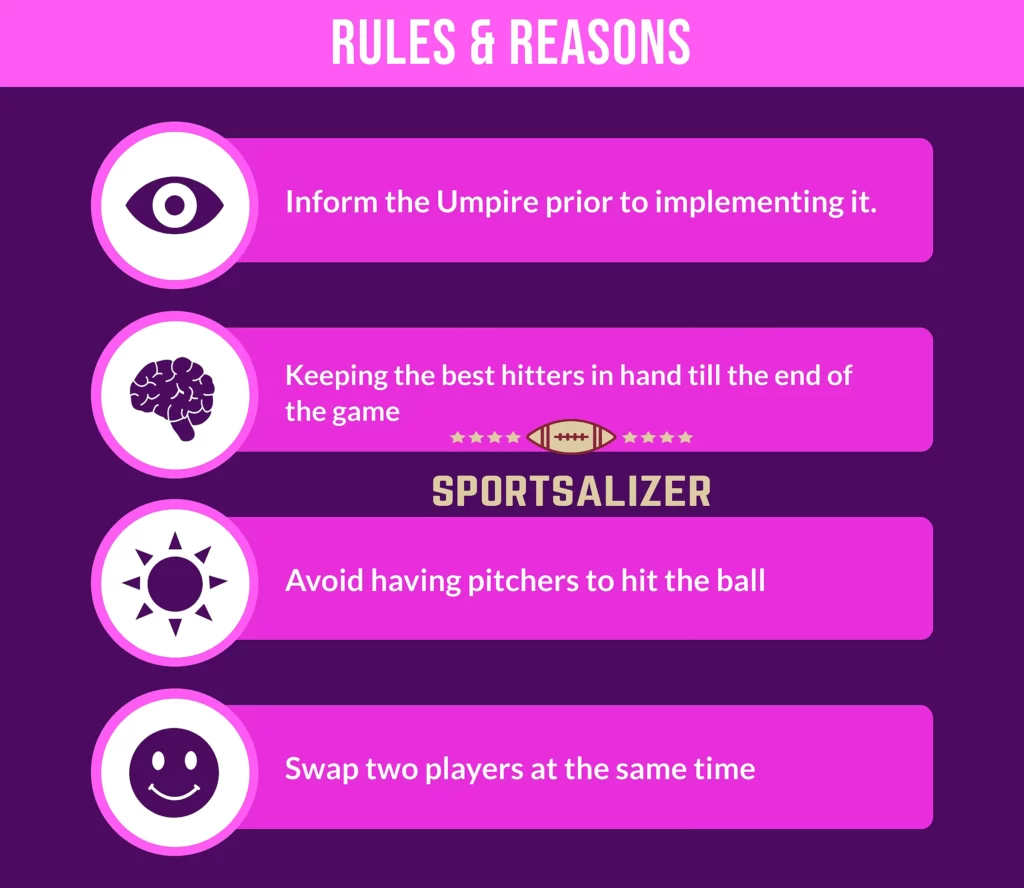
“Double Switch in Baseball” a strategy from the past?
Well, there is no definite answer to this question. There could be even debates on the first use of this strategy and who first formulated or applied it in a game. But as far as some research and documentation go, the first Double Switch was used in 1962. It was done by the Manager of the San Francisco Giants, Alvin Dark. It was used in the 9th inning of the game in the 1962 World Series. The San Francisco Giants swapped their catcher and pitcher in the game.
However, as we have already mentioned, there could be debates. For this same topic, there is another documentation at Answers.com. It is said that Clark Griffith used the Switch for the first time in 1906.
This story is a bit different as, in this case, he substituted himself for a catcher in the eighth inning. At the same time, he replaced a current pitcher with another catcher, thus bringing the “Double Switch in Baseball” into effect.
Although these two have been documented using this strategy, this was not used very often until the 1960s or 1970s, when the Double Switch in Baseball became a solid strategy for the managers.
Is the Designated Hitter always getting affected?
Precisely the Double Switch phenomenon is widely used and employed in the National League. The American Leagues are surprisingly the ones who are known to employ it.
Although it is always preferred for the Manager to swap the DH or the designated hitter with the pitchers to avoid getting them to hit, the sole purpose of using this move is not to burn out those two players and have them in hand until late in the game.
However, sometimes, in the seventh inning of the game, there might be a dilemma on whether to get the last catcher switched, who made the final out, or the second baseman who made the out before the catcher. In this case, the Manager may sometimes decide to replace the pitcher with a utility infielder in the lineup and remove the second baseman. For the second Switch, ultimately swap the pitcher and utility infielder defensively. Thus, employing the Double Switch strategy.
Occasionally there can be a situation where the Strategy Manager decides to switch a fielder with a pitcher. But this can be done, keeping one thing in mind: the new pitcher must continue pitching as long as the current batsman stays on the field and batting.
FAQs on Double Switch in Baseball
Is it necessary to notify the Umpire before making a Switch?
Yes, the Umpire must be notified first. A double switch in baseball must be immediately announced to the home plate umpire by the Manager. In fact, a manager who intends to replace his pitcher as part of a double switch should first go to the home plate umpire and inform him of his plans before proceeding to the mound to make the swap. If not, the replacement pitcher will bat in the same spot as his predecessor, and any other substitution will have the same effect.
By rule, can managers change the batting lineup?
The batting order cannot be changed once it has been established. Managers are only authorized to switch their players’ fielding positions. Managers must replace a current player with a substitution member from the bench if they want to boost their batting order during the game.





